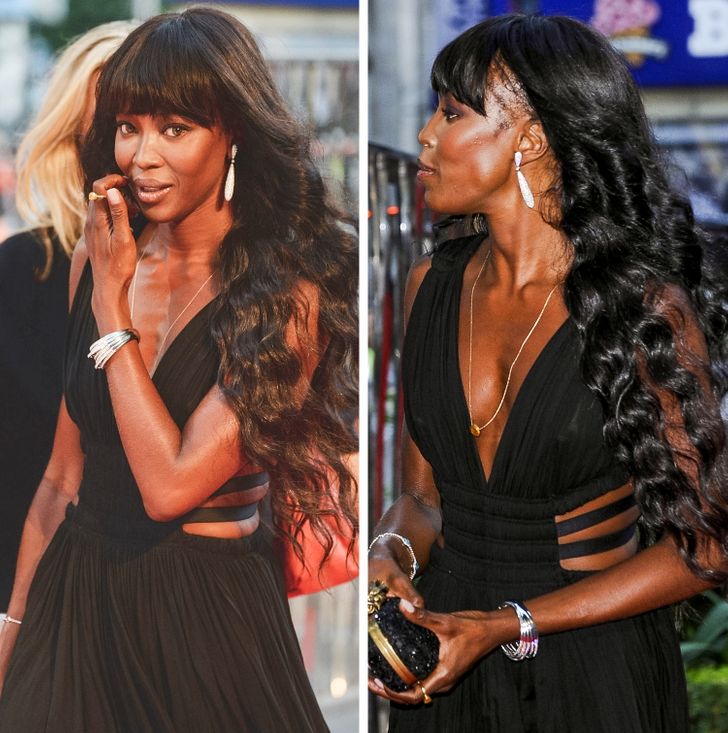Naomi Campbell, the iconic supermodel, has been lauded with numerous adjectives throughout her illustrious career: beautiful, stunning, and successful among them. However, one label she despises most is “difficult.” In a recent documentary on Apple TV+ titled “The Supermodels,” Campbell sheds light on why she believes she was branded as such in the fashion industry.
Campbell attributes the “difficult” label to the systemic racism prevalent in the industry. As an outspoken advocate for equal pay for women and a prominent black woman in the modeling world, she faced scrutiny and retaliation from powerful figures. In the documentary, she reflects on the challenges of being an outspoken black woman and the consequences she endured for it. Despite her efforts to empower herself and other women, Campbell reveals that her advocacy often led to her being sidelined from lucrative opportunities.
One pivotal moment Campbell recalls is when she turned down a contract offer from Revlon after realizing they offered her significantly less than her fellow supermodels. This decision, made in pursuit of fair compensation, led to her being labeled “difficult” by industry insiders. Campbell’s refusal to accept less than she deserved was met with resistance and attempts to tarnish her reputation.
John Casablancas, the founder of the Ford modeling agency, played a significant role in perpetuating the narrative of Campbell’s alleged difficulty. After she parted ways with Ford and joined Elite, Casablancas publicly labeled her as difficult and claimed to have fired her. Campbell, however, asserts that models cannot be fired as they are self-employed, highlighting the power dynamics at play in the industry.

Despite facing backlash and character assassination, Campbell remains unapologetic about her assertiveness and willingness to speak out against injustice. While some may attribute her reputation to her history of confrontations and altercations, others recognize her resilience and determination to challenge the status quo.
Campbell’s experiences prompt reflection on the intersection of race, gender, and power dynamics in the fashion industry. While she acknowledges her own flaws and short temper, she refuses to accept blame for systemic biases that have hindered her career progression.
In addition to her advocacy for equal pay, Campbell’s legacy is also marred by incidents of physical and verbal aggression. From assaulting assistants to outbursts on reality TV shows, Campbell’s behavior has sometimes overshadowed her contributions to the fashion world.
Critics argue that her violent tendencies cannot be excused, regardless of the industry’s pressures. While acknowledging the injustices she faced, they maintain that Campbell’s actions have contributed to her difficult reputation.
Despite the controversies surrounding her, Campbell’s impact on the fashion industry remains undeniable. Her trailblazing career has paved the way for future generations of models, particularly women of color, to demand equal treatment and fair compensation.
In conclusion, Naomi Campbell’s journey from supermodel to advocate reflects the complexities of navigating an industry rife with systemic biases. While she continues to challenge stereotypes and fight for equality, her legacy is a reminder of the ongoing struggle for inclusivity and respect in the world of fashion.





